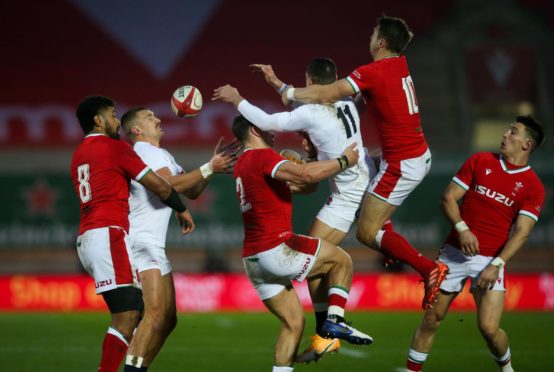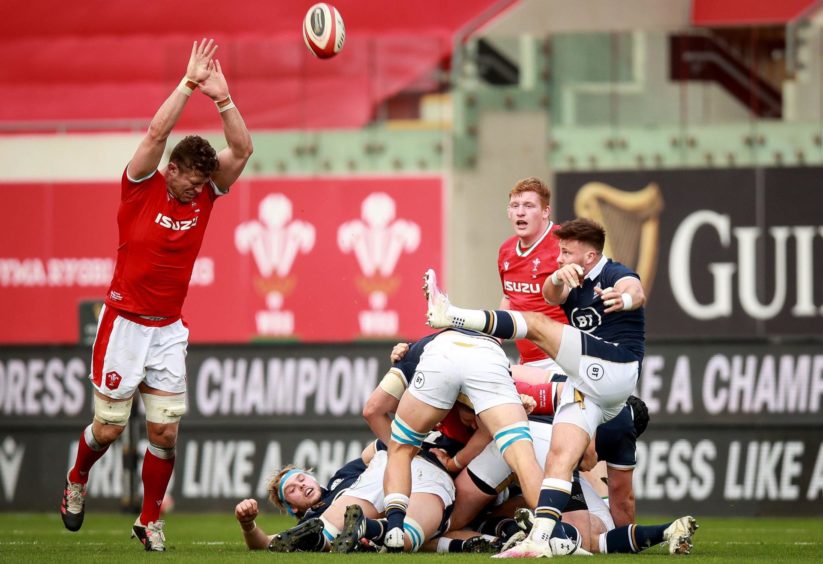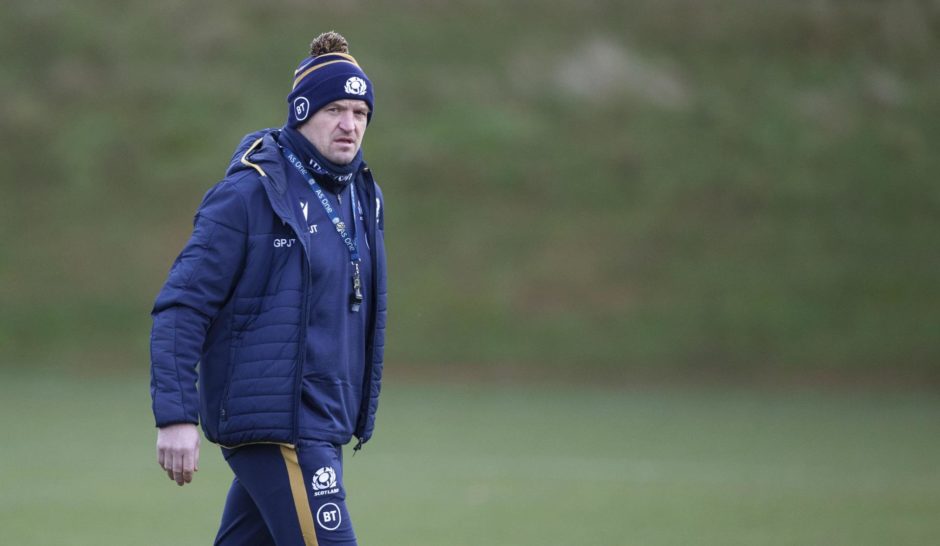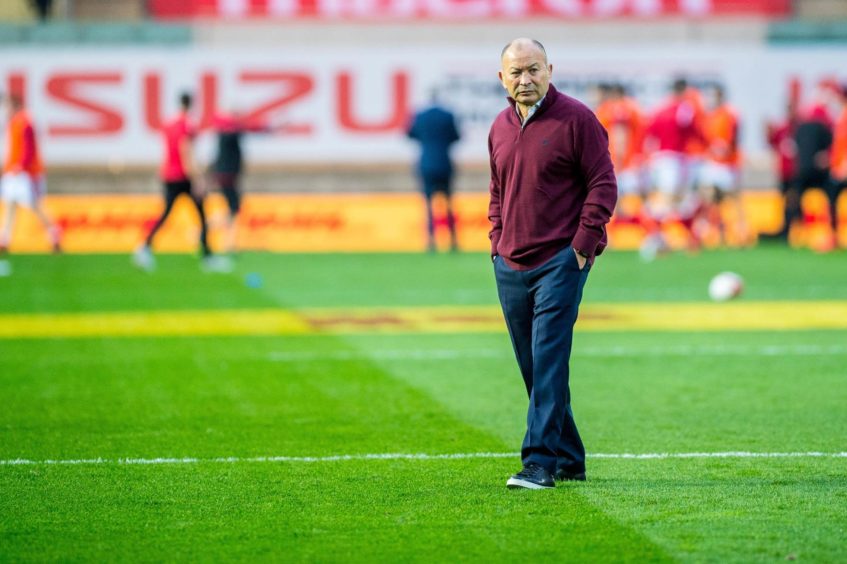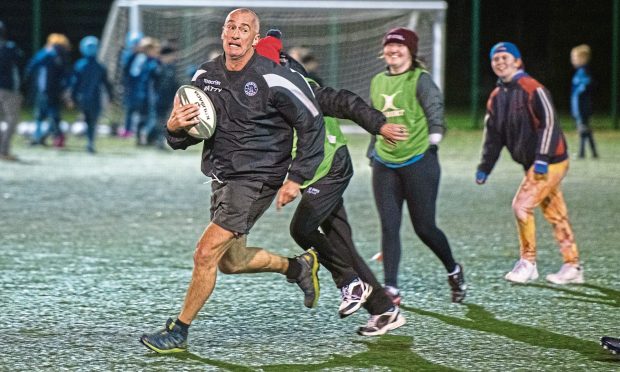Grateful as we are for actually seeing some international rugby during this worldwide blight, there’s not been a lot of love for the Autumn Nations Cup, which ends this weekend.
This extends to the final before it’s been played. Hamstrung by a compromise bashed out between the FFR and LNR (the owners of the Top14 clubs) to head off potential legal action, head coach Fabien Galthie has only been able to give three run-outs each to his top stars, and he used up the last of them when they came to Murrayfield.
Thus it’ll be largely a second XV who play the tournament final against England at Twickenham.
The verdict on the play itself has been scathing – no invention, defences overwhelming and negating any attacking play, safety-first options abounding and far, far too many kicks.
The ANC games have averaged 30 kicks in open play per game. It was 23 during the Six Nations – that’s a massive leap.
The evidence is clear that the culprit is the new interpretation of the breakdown, with `jackallers’ only required to get a fingernail on the ball and secure the approval of the referee.
The idea behind nailing down this interpretation – it was already in the laws – was the laudable aim of making the breakdown competitive again. But as ever, just a tweak in rugby’s laws can have a massive influence elsewhere.
Far from making the game more free-flowing, it most often stops dead with a penalty award. In addition, clean breaks in the defence – the few there are these days – don’t create tries but turnovers. Teams simply have a jackaller loitering in the backfield to snatch the ball once the breaking player is felled.
‘A turnover epidemic’
The turnover epidemic has become so great that games have no flow. The in-game data all coaches are poring over these days shows quite clearly that kicking and hoping for a fumble or your backs to can get up to contest possession is a wiser option.
Some people are starting to believe rugby is “broken” as a spectator spectacle or risks becoming irrevocably so if this continues for much longer.
Some like it. Jim Hamilton, the former Scotland lock who is now a pundit and analyst, said during the Edinburgh and Ulster game broadcast this week that modern rugby was still fascinating, a game of chess with live pieces.
Well, up to a point. But 1) I think we can all agree that chess, even the sped-up variety, is not the greatest of spectator sports and 2) this is a chess game with the Queen, the bishops, the knights and the rooks all removed. It’s all Kings and pawns moving one square at a time.
But we really shouldn’t get too worried. I think that coaches like Galthie, Wayne Pivac of Wales, Scotland’s Gregor Townsend and many of those in the Southern Hemisphere – where the games have been much better – have a preference for flair rugby that will come through.
And there’s Eddie Jones, who is always good value – even when he’s mischievously baiting that week’s opposition – and talked a lot of sense on this issue.
The England head coach, I think, has retained a lot of his Southern Hemisphere preference for open play rather than going completely native on coming north, like Warren Gatland and Joe Schmidt did. He doesn’t think the last month’s slogfests will last.
‘Alarmist and silly’
“The beauty of our game is that it doesn’t sit still,” he said. “I think all this talk (of the game being broken) is alarmist and silly.
“Most other ball games have taken a lot of the contest out to simplify it, but we don’t want a simple game, we want a game that can be won in a number of different ways.”
Eddie thinks another tightening up of the breakdown interpretation is needed. Getting the tackler to roll away, the first support player staying on his feet and the secondary tackler – so many tackles are “double” these days – properly releasing the ball carrier, would probably work.
The refs need to get themselves together to balance the breakdown, he added, like they do prior to the World Cups. They’ll do this before the Six Nations, as they usually do.
We shouldn’t throw the baby out with the bathwater. Even these slight tinkerings with laws and interpretations take a while to bed in: we’re less than three months into this, and coaches are still feeling their way.
Please, no 50-22 rule
We certainly shouldn’t have a knee-jerk reaction and change more laws. I’d be very wary of one proposed solution, the 50-22 rule, whereby teams kicking from their own half into the opposition 22 on the bounce get awarded the lineout.
That’s just going to mean even more kicks and the ball secreted in more driving lineouts, and we’ve got quite enough of them already…I say that even as Scotland have become quite good at mauling.
Apply the law properly, and rugby’s preference for open running will come again. We just have to be patient.
